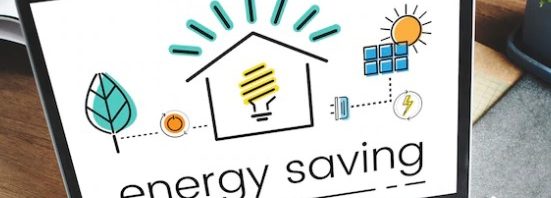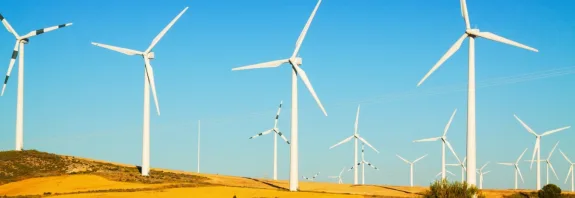How Does a Nuclear Power Plant Work?

How Does a Nuclear Power Plant Work? How Does an NPP Operate? A nuclear power plant (NPP) is one of the primary sources of electricity in many countries around the world. It harnesses the energy released from splitting atomic nuclei to produce steam, which then drives turbines to generate electricity.
How Does a Nuclear Power Plant Work?
The core component of an NPP is the reactor, where nuclear fission takes place. The reactor contains nuclear fuel, typically uranium fuel rods, a reflector to minimize fuel loss, and a moderator to slow down neutrons and enhance the efficiency of the fission process.
Nuclear fission occurs when neutrons collide with the nuclear fuel. This collision can split atomic nuclei, releasing energy and additional nuclear particles. These particles, in turn, interact with other nuclei, triggering a self-sustaining chain reaction of fission.
During fission, a significant amount of heat is released, which is used to heat water in a closed system. The heated water turns into steam, which passes through turbines, setting them in motion. The movement of the turbines generates electricity, which is then transmitted to the power grid.
Risks and Challenges
While NPPs are an efficient energy source, they also come with certain risks. Reactors can overheat unintentionally, posing dangers to people and the environment. Another challenge associated with NPPs is the waste generated from reactor operations. This waste is highly radioactive and can remain active for thousands of years, requiring safe storage and sometimes transportation to designated disposal sites.
However, thanks to ongoing research and advancements, modern NPPs have become significantly safer. Many reactors are equipped with emergency shutdown systems that can safely halt operations in the event of a hazard.
Innovations in Nuclear Technology
Today, new types of nuclear reactors have been developed to provide safer and more efficient electricity generation. For example, high-temperature fuel cell reactors, used in Japan and China, offer greater efficiency and safety compared to traditional reactors.
Balancing Risks and Benefits
All risks associated with NPPs must be carefully considered, but their benefits should not be overlooked. Nuclear power is one of the most efficient sources of electricity and helps reduce reliance on other energy sources that may harm the environment.
Conclusion How Does a Nuclear Power Plant Work?
In summary, an NPP is a complex technology that requires meticulous oversight and safety measures. Nevertheless, its use can be a crucial step toward achieving energy independence and sustainable development for humanity. By balancing its risks and advantages, nuclear power continues to play a vital role in the global energy landscape.









